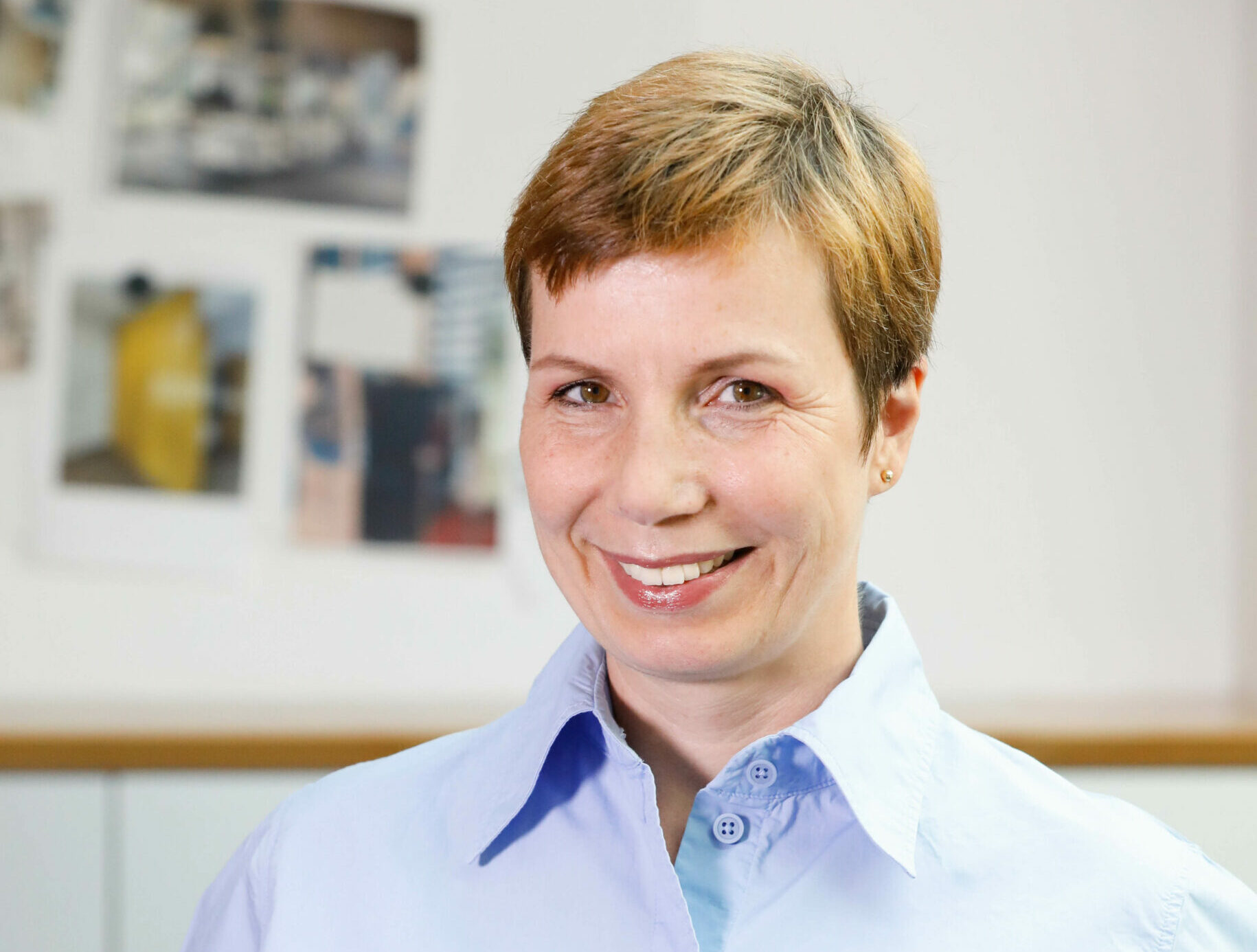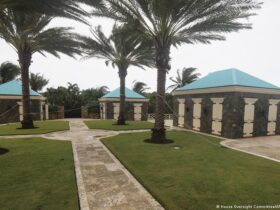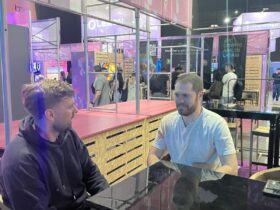The Peek & Cloppenburg Düsseldorf Group has published the first sustainability report for the 2024 financial year. With this, P&C wants to have an overview of the measures and progress along the three fields of action People & Company, Product & Customer and Planet & Climate.
In his efforts, P&C relies on the sustainability strategy specified in 2022. Lena Böringschulte, Head of Sustainability, says: “We attach great importance to transparency – both in our progress and the challenges that we meet. We know that the path to real sustainability is still long, but our high demands shape our daily life. Our goal is to create more sustainable fashion for a better future – for all of us.”
In the subject complex People & Company Training and workshops of managers were funded. They should have the defined leadership principles in the entire company. In addition, a de & i strategy (diversity, equity & inclusion) was established, which promotes diversity, equal opportunities and inclusion. P&C has established a risk management system for suppliers for respecting human rights. P&C has been working with Amfori BSCI since 2003 and regularly has its producers check for compliance with social standards by independent audits. The code of conduct for suppliers was adopted in accordance with the supply chain assistant law (LKSG).
In the area Product & Consumer P&C has adopted minimum requirements and standards for materials, supply chains and production conditions and would like to map them transparently. By the end of 2025, at least 20% of the foreign and own brand range should have recognized sustainability certificates of independent third parties. Products should consist of at least 30% materials that correspond to these standards.
In the area Planet & Climate the load on the fashion industry should be reduced to the environment. P&C relies on resource conservation and emission reduction. The greenhouse gas emissions were determined in three scopes in accordance with the internationally recognized GHG protocols. In 2023, the missions amounted to 0.3% for SCOPE 1, 4.4% on SCOPE 3 and 95.3% on SCOPE 3. In Scope 1 and 2 there are directly created emissions such as electricity and lighting. In SCOPE 3, indirect emissions along the supply chain are summarized.
Measures already taken are the introduction of master polybags to save packaging marties, and the conversion of care labels to 100% recycled material as well as the use of shipping boxes and bags from 87% recycled and FSC-certified cardboard in the online business.






Leave a Reply